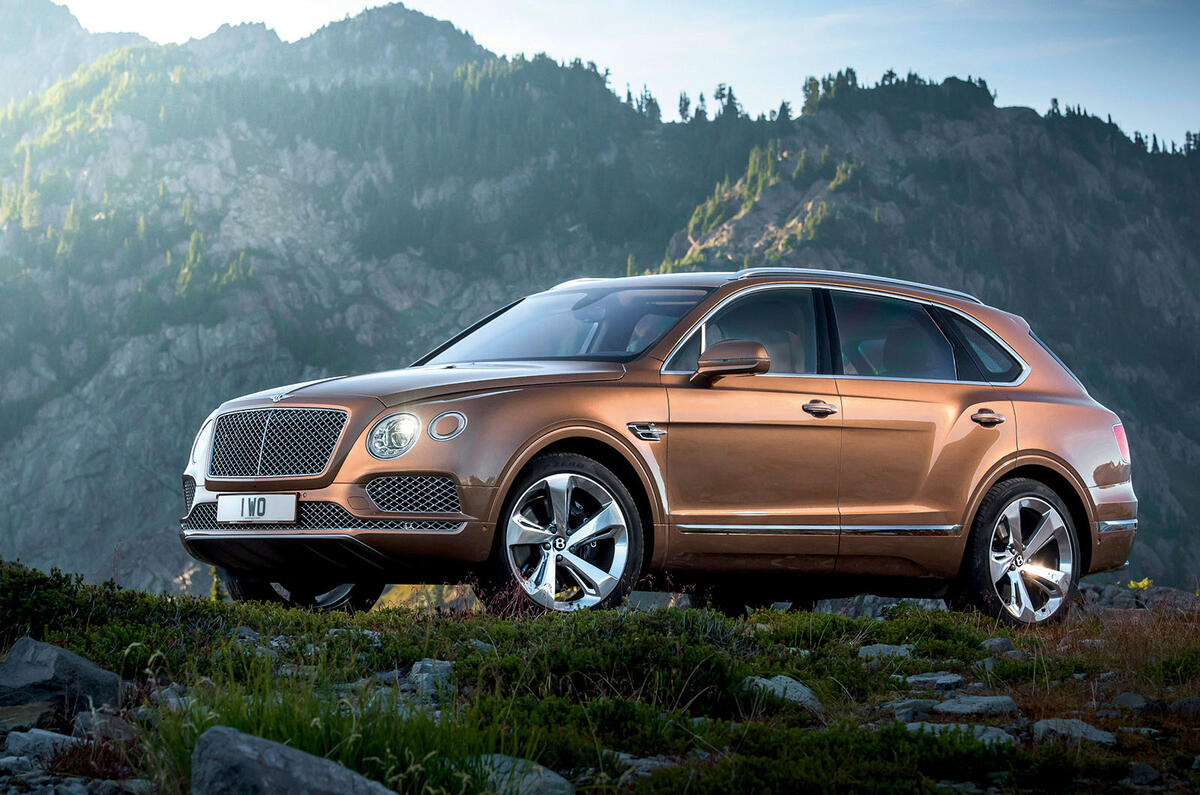Still sensational sans roof.
First Drive Review
Since the Volkswagen Group began its assimilation of Lamborghini in
1998, the automaker from the sleepy Italian burg of Sant’Agata has
nearly tripled its employees and increased sales from a few hundred cars
per year to 3245 in 2015. A poster child for this explosive growth is the new Huracán coupe, which is, in its first 18 months on the market, outselling its predecessor, the Gallardo, by a rate of 70 percent. So the Huracán Spyder is poised for success.
That the Huracán was designed with open-roofed aspirations from the
start helps the cause, and it means that popping the top didn’t require
extra bracing for its aluminum and carbon-fiber spaceframe. Lamborghini
R&D head Maurizio Reggiani says torsional rigidity is reduced by 10
percent versus the coupe, although detecting the loss is all but
impossible—90 percent of hyperstiff is still hyperstiff. Indeed, we
couldn’t detect a hint of cowl quiver in our drive around extremely
rainy Miami.
Fortunately, there were a few rain-free minutes during the launch event,
which gave us time to experience the top’s operation and the car’s
open-air appeal. The lid takes 17 seconds to rise or retract, and the
designers worked overtime to maintain the car’s silhouette with the top
down. For example, the hexagon created by the side-window surround is
one of the Huracán’s key design elements, and the stylists were able to
carry this element to the Spyder with a rather intricate convertible
tonneau that, when unfurled, mimics the coupe's B-pillar shape.
The top and its attendant mechanisms add 265 pounds to a base Huracán’s mass, which puts it at about 3650 pounds. A small chunk of the additional weight comes from two fabric-skinned “ears” near the outboard side of each headrest.; their mission is to keep cabin turbulence to a minimum. The tabs do their job well, and it’s easy to hold a conversation at 70 mph. Aside from the extra mass—so what if your Spyder can only manage a zero-to-60 sprint in 2.8 seconds, versus the 2.5 we recorded from the coupe?—the only real Spyder downside is that the hunchback lump on the engine lid that provides stowage space for the softtop reduces rearward visibility to a mere sliver.
Flat-foot the throttle, though, and that’s quickly forgotten as the
602-hp 5.2-liter V-10 lets loose its scream. Shifts are marked with a
bark like a Doberman’s warning from behind the chain link. Although
there weren’t many opportunities for redline shifts in Miami, we managed
to discover that the top of second gear is good for 65 mph. While
trundling around the city, we found the transmission to be transparent,
never clunky or harsh, and throttle tip-in seems tuned for a strip mall,
not the drag strip. This makes the Spyder very livable; besides, launch
control is available for forays to the wild side.
Lamborghini is in the unique position of having the only naturally aspirated fleet of exotics, and it plans to keep its supercars that way for as long as it can. (The upcoming Urus SUV will be the first turbocharged Lambo, and it also will offer a hybrid powertrain.) Turbocharged engines are inherently more efficient, and Lambo knows that it eventually will have to adopt them to meet environmental regulations. In the meantime, the Huracán nods to efficiency by having only half of the V-10 active under light loads. Of course, this can only do so much, and a $1700 gas-guzzler tax is part of the Spyder’s $267,545 base sticker.

|
The top and its attendant mechanisms add 265 pounds to a base Huracán’s mass, which puts it at about 3650 pounds. A small chunk of the additional weight comes from two fabric-skinned “ears” near the outboard side of each headrest.; their mission is to keep cabin turbulence to a minimum. The tabs do their job well, and it’s easy to hold a conversation at 70 mph. Aside from the extra mass—so what if your Spyder can only manage a zero-to-60 sprint in 2.8 seconds, versus the 2.5 we recorded from the coupe?—the only real Spyder downside is that the hunchback lump on the engine lid that provides stowage space for the softtop reduces rearward visibility to a mere sliver.

|
Lamborghini is in the unique position of having the only naturally aspirated fleet of exotics, and it plans to keep its supercars that way for as long as it can. (The upcoming Urus SUV will be the first turbocharged Lambo, and it also will offer a hybrid powertrain.) Turbocharged engines are inherently more efficient, and Lambo knows that it eventually will have to adopt them to meet environmental regulations. In the meantime, the Huracán nods to efficiency by having only half of the V-10 active under light loads. Of course, this can only do so much, and a $1700 gas-guzzler tax is part of the Spyder’s $267,545 base sticker.
Miami roads aren’t exactly known for their fun factor. The graph-paper grid of 90-degree corners didn’t allow us to detect exactly how the Spyder’s at-the-limit handling benefits from the optional $3400 magnetorheological dampers or the standard 20-inch Pirelli P Zero tires. The ride is as supple as any 200-mph supercar this side of the hydropneumatic suspension setup from McLaren, however. All indications are that this Spyder is just as capable as the sublime coupe.
Coming on the heels of the Huracán Spyder will be the Urus; it’s a profit-driven, Cayenne-like move from this corporate cousin to Porsche. While this seems to go against brand ethos, Stuttgart proved it a worthwhile business practice (and we likely needn’t remind you of the original Lamborghini SUV). Current Lambo boss—Il Presidente, according to company letterhead—and imminent chief of Audi Quattro Stephan Winkelmann has said the Urus might sell 3000 units a year, which would nearly double total Lamborghini sales. That might liven up Sant’Agata in a way the town has never known.




